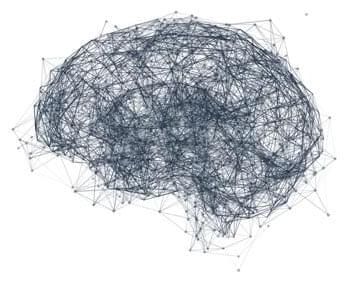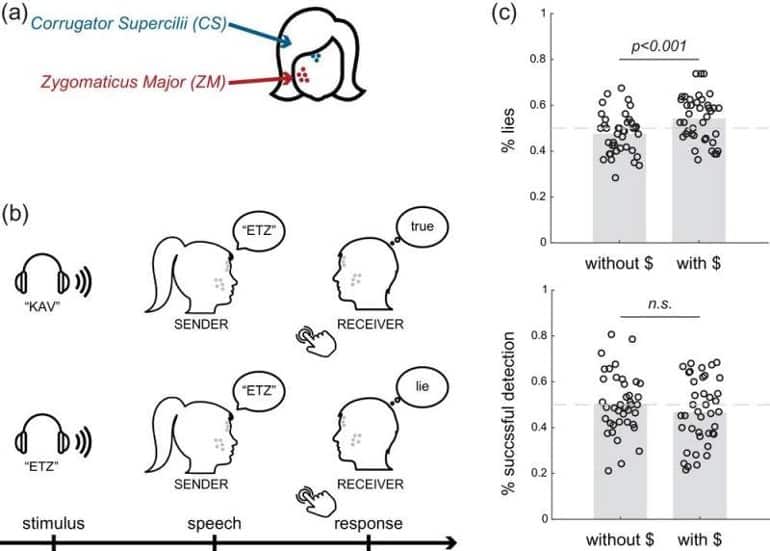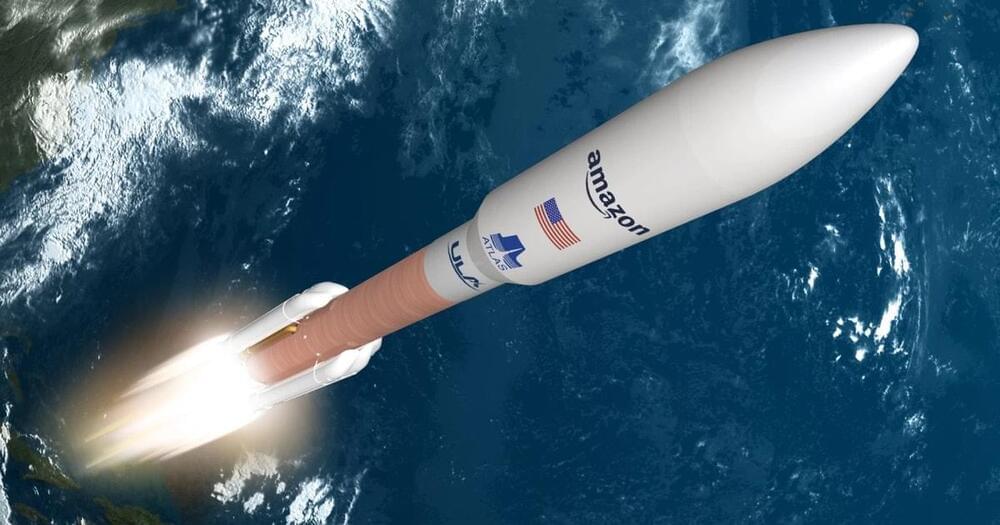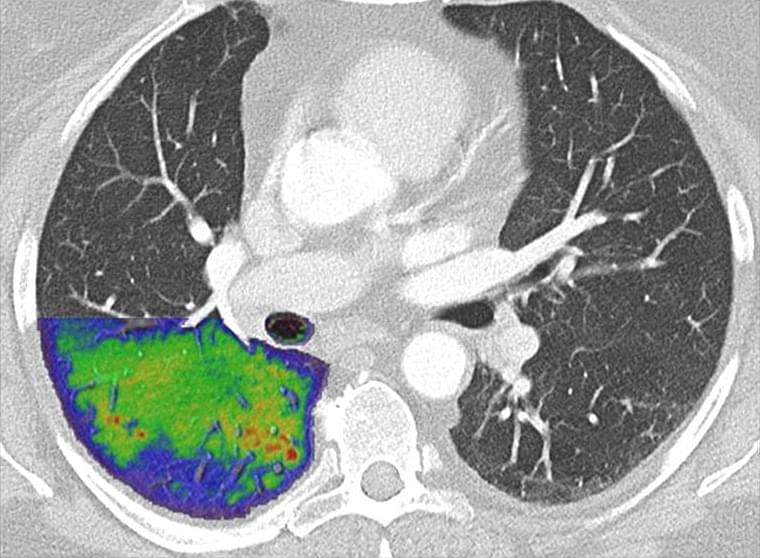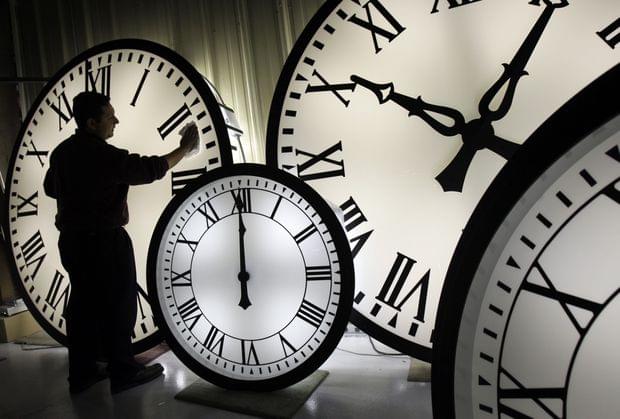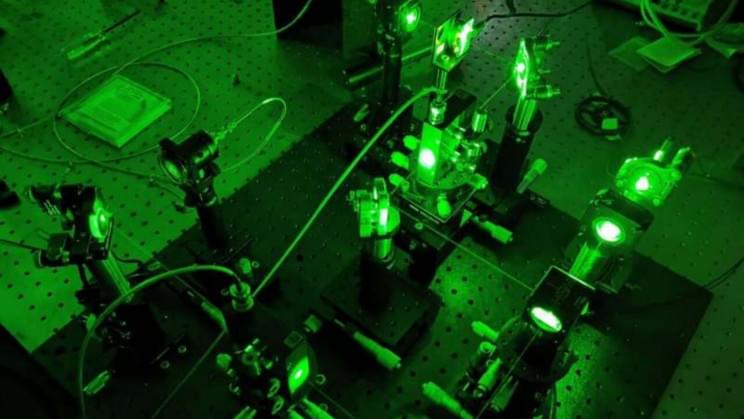Skyrocketing demand for boxes and packing materials during the pandemic has slashed paper production across North America, and it couldn’t have come at a worse time for retail companies.
“We’re starting to hear, ‘We’re out of paper,’” said Polly Wong, president of San Francisco-based direct-marketing firm Belardi Wong, noting that some of her clients already missed their fall advertising campaigns due to issues at the printers. Wong estimates that 100 million catalogs will not be printed or reach U.S. homes in time for the year’s biggest spending season as a result. “It kind of put our industry up in a panic.”
With some mills converting to cardboard to meet the spike in e-commerce deliveries and others shutting down altogether, more than 2.5 million metric tons of North American printing and writing paper capacity — or nearly one-fifth of 2019 levels — has come offline since the start of last year. That’s according to Kevin Mason, managing director for ERA Forest Products Research, a financial research company that specializes in paper and forest products.


